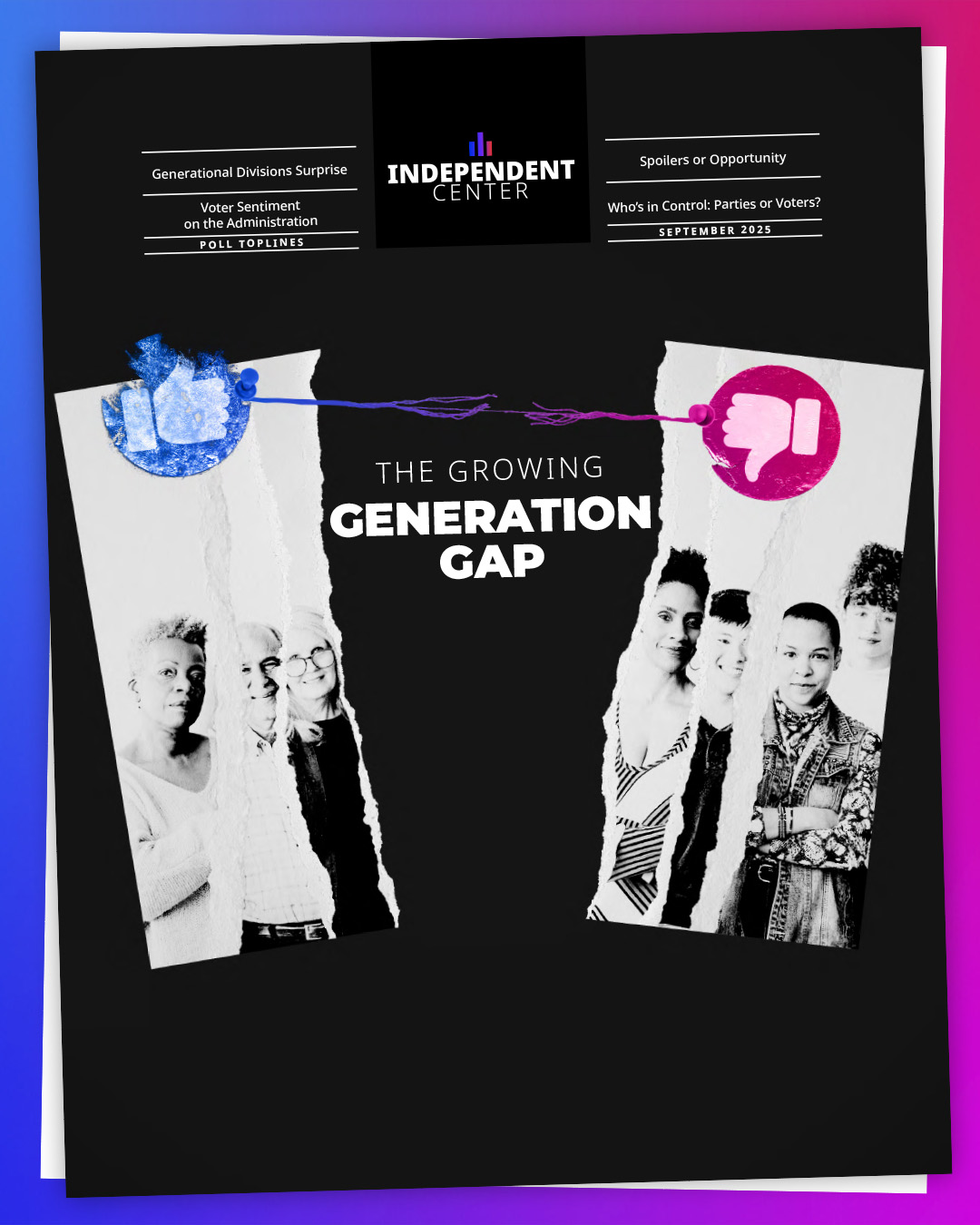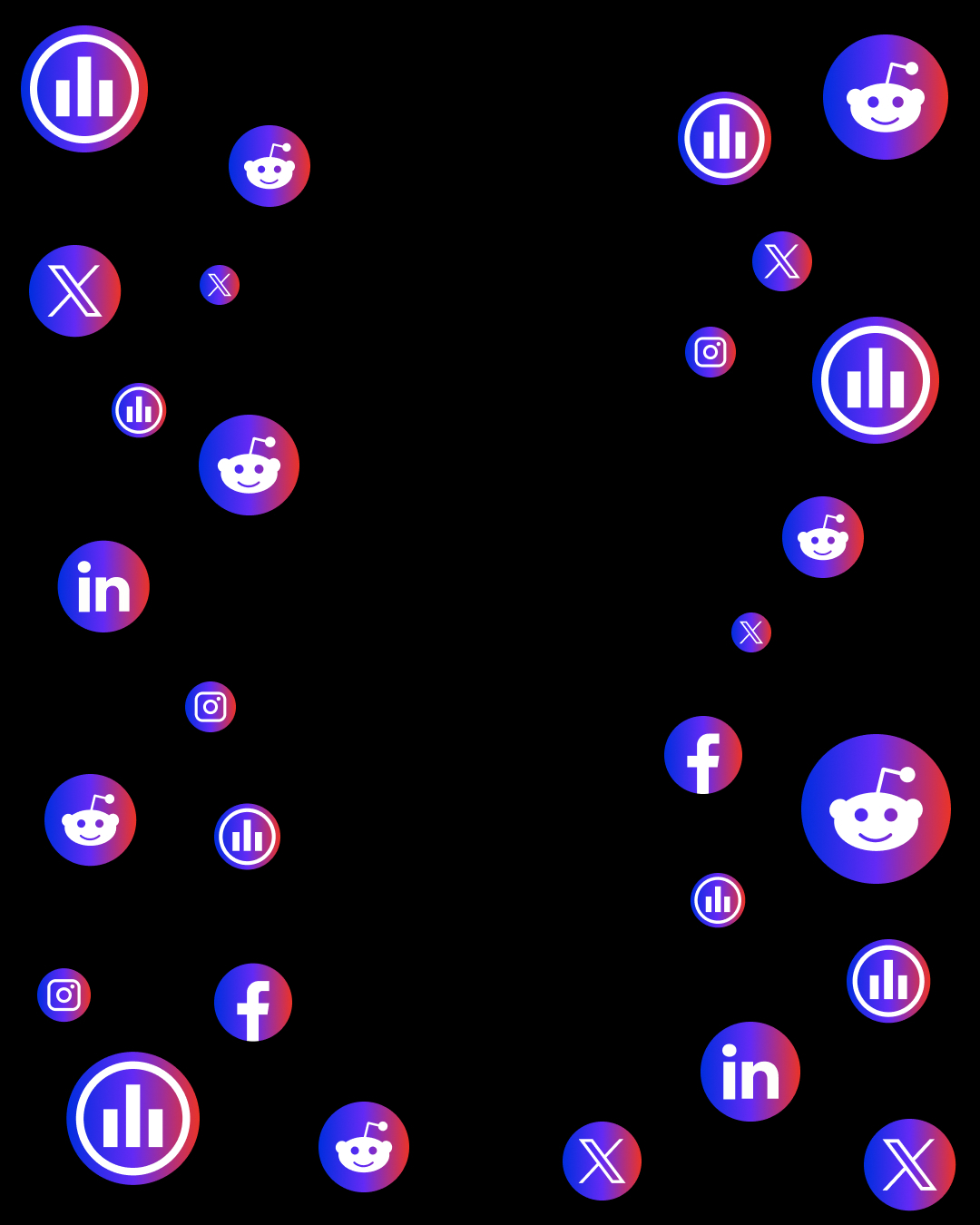Amid labor shortages and a declining birth rate, legal immigration is critical to economic growth.
The big picture
A recent tiff between Tesla CEO Elon Musk and MAGA conservatives has reignited discussion about the H-1B visa program and broader immigration policy. While Musk defended the program, which allows high-skilled workers to contribute to the U.S. economy, some elements of the MAGA movement opposed it, arguing that it takes jobs from Americans.
This disagreement highlights a critical challenge: America faces an aging population, declining birth rates, and a growing skills gap in key industries like semiconductors, AI, and renewable energy. Addressing this labor shortage through immigration is an economic necessity, separate from border security concerns.
Zooming in
What is the H-1B visa?
The H-1B visa is a temporary work visa that allows U.S. employers to hire foreign workers in specialty occupations, such as science, technology, engineering, and mathematics (STEM) fields. The visa is typically valid for three years and can be renewed for another three years.
- Annual cap: 65,000 visas plus an additional 20,000 for advanced degree holders.
- Key industries: Semiconductors, AI, cybersecurity, renewable energy, and other high-tech sectors.
- Employer cost: Companies pay up to $17,885 per visa, with total sponsorship costs reaching $50,000 if an H-1B holder seeks permanent residence.
More than 135,000 H-1B applications were selected in FY 2025, which represents only 29% of total eligible applicants—demonstrating that demand far outweighs supply (USCIS).
Does the U.S. really have a skills gap?
Yes. The demand for STEM jobs is growing nearly three times faster than non-STEM jobs, with 12 million STEM workers needed by 2033. However, U.S. students lag behind in STEM education, ranking 28th in math and 12th in science among OECD nations (OECD).

A significant portion of advanced STEM degrees in the U.S. are earned by nonresident aliens, showing how crucial foreign talent is to innovation.

The CHIPS and Science Act of 2022, which aimed to boost semiconductor production, underscored the urgent need for STEM talent to keep pace with China and other global competitors (Congress.gov).
Economic impact of H-1B visa holders
Despite claims that H-1B workers lower wages, data shows they are highly paid, with median annual earnings of $108,000, placing them in the top 10% of all U.S. wages (Cato Institute).
Moreover, H-1B visa holders:
- Create jobs by increasing demand for goods and services.
- Start businesses at higher rates than native-born Americans (MIT).
- Fuel innovation, with companies winning the H-1B lottery more likely to go public or be acquired (NBER).
Data snapshot
- 8.1 million job openings in the U.S. (Nov. 2024) vs. 7.1 million unemployed workers—a gap of 954,000 unfilled positions.
- Social Security worker-to-beneficiary ratio: 3.3 in 1980 → 2.7 in 2023 → projected 2.4 in 2035 (SSA).
- Projected deficit reduction with higher immigration: $1 trillion in additional tax revenue over the next decade (CBO).
Independent lens
For independent voters, pragmatism outweighs partisanship. The H-1B visa program and broader legal immigration are essential to filling labor shortages, maintaining economic competitiveness, and sustaining social programs like Social Security and Medicare.
However, hyper-partisanship has distorted immigration policy. Instead of rational debate, the discussion is fueled by cultural grievances. Congress must prioritize economic growth over ideological purity, ensuring that the best and brightest minds can contribute to America’s future.
Independent voters want solutions, not rhetoric. If Washington can’t focus on real economic needs, the American Dream will slip further out of reach.
Subscribe to our newsletter for more insights on independent voters and economic policy.





